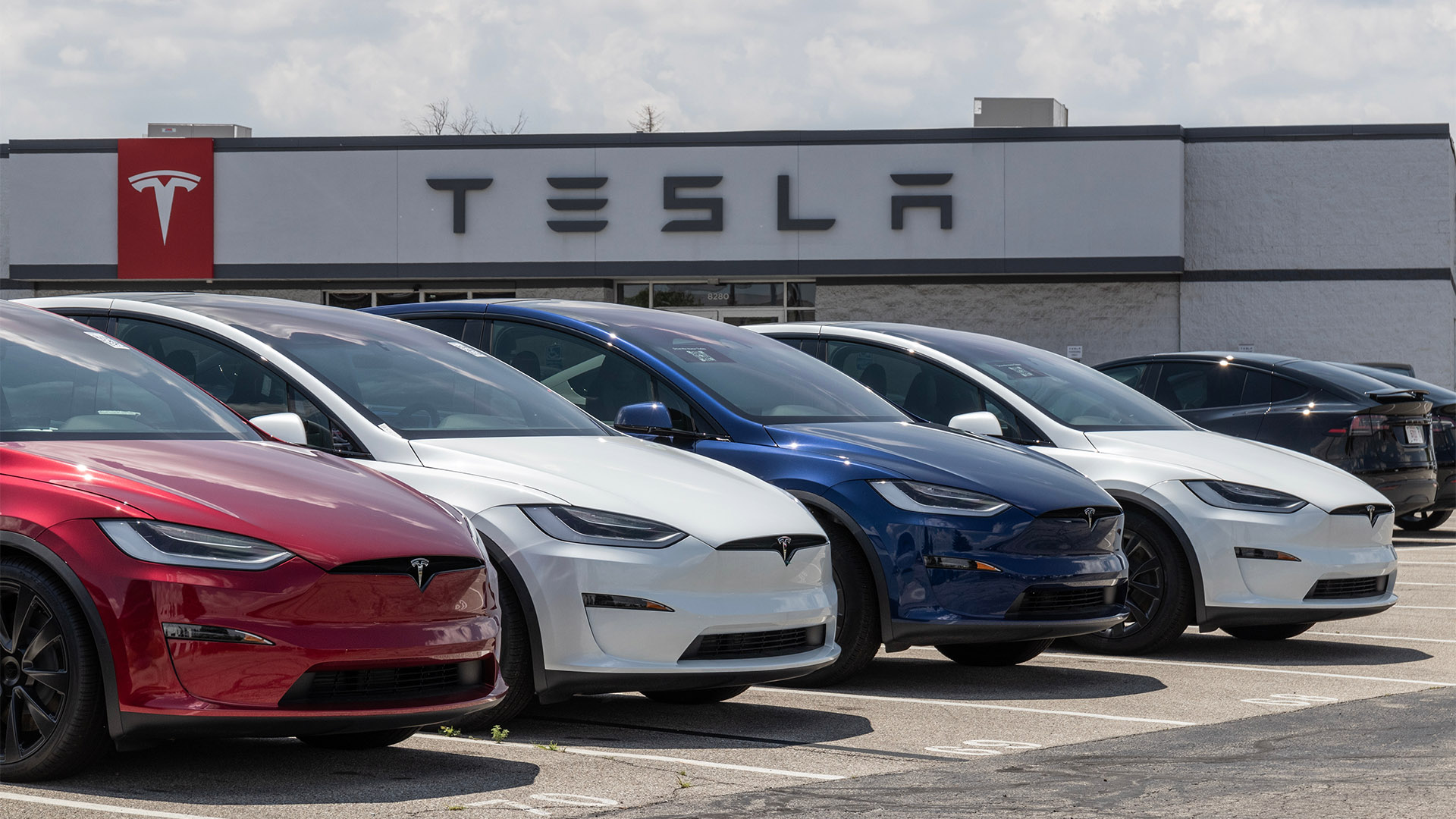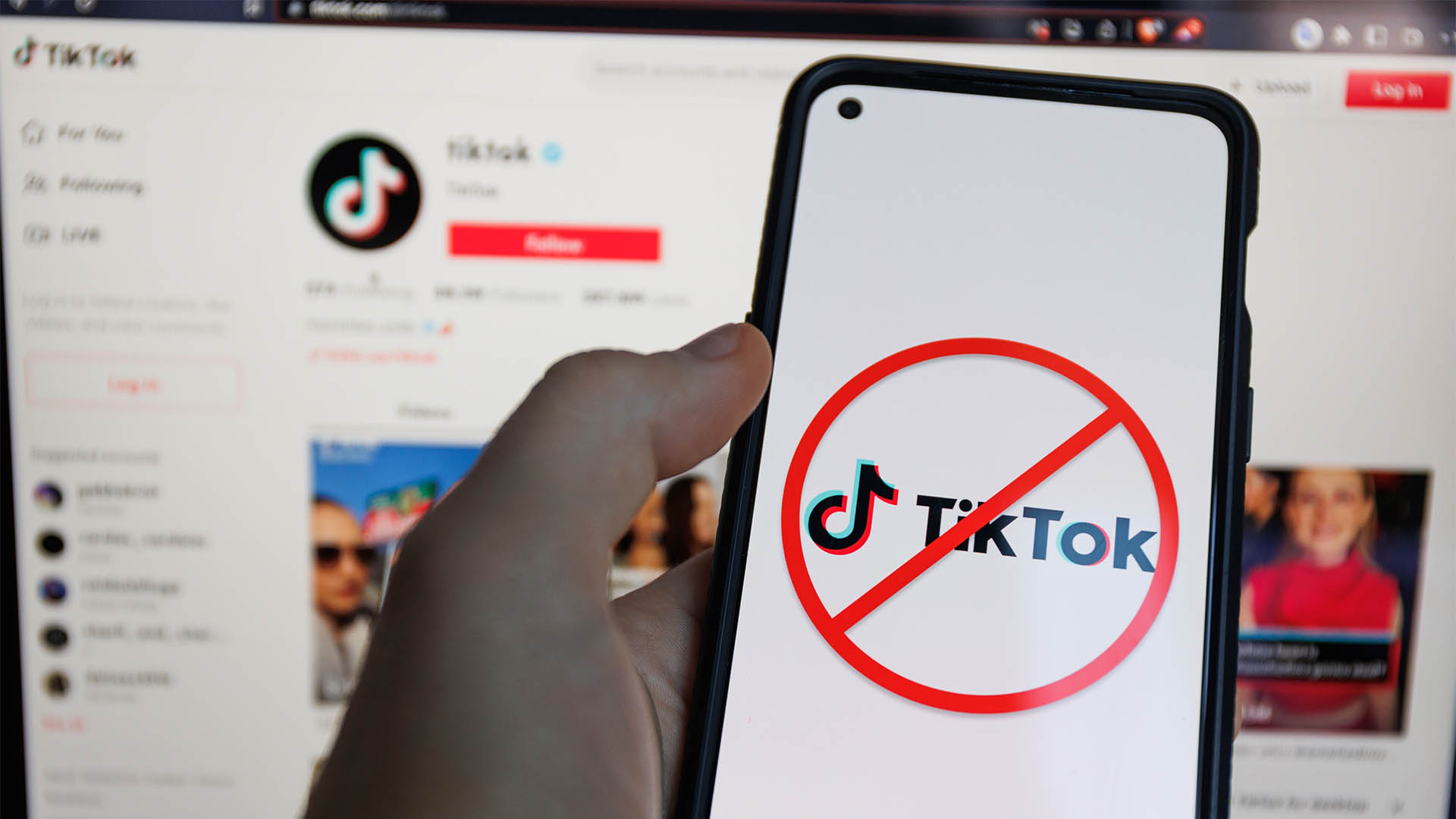Even though its quarterly car sales fell short of expectations, Tesla managed to maintain its lead as the leading producer of pure electric vehicles powered by batteries.
Tesla reported a 6.4% increase in EV deliveries from the third quarter of 2023, reaching 462,890 units by September 30, just ahead of the 419,426 units sold by Chinese giant BYD.
This marked the third consecutive quarter in which Tesla sold more pure battery electric vehicles (BEVs) than BYD, which is now focusing on boosting sales of plug-in hybrids (PHEVs)—a segment that Elon Musk's company has avoided producing.
Tesla’s sales were just below market estimates of 463,897 for the quarter, meaning the company will need to achieve a record sales figure of over 516,000 units in the current quarter to surpass 2023’s high of 1.81 million units.
The September quarter performance was up 4.2% from the 443,956 units sold in the second quarter. Most of the 462,890 BEVs consisted of 439,975 units from its popular Model 3 and Model Y, which are manufactured in both Shanghai and the U.S.
However, taking into account the rapidly growing sales of PHEVs, BYD was easily the largest producer of electrified vehicles during the quarter (which China classifies as NEVs, or new energy vehicles).
In September, BYD sold a record 419,426 NEVs, marking its fourth consecutive record month. The company reported selling 164,956 passenger BEVs in September, up 9%, along with 252,647 PHEVs—its seventh consecutive record high since March, up 86% from a year earlier.
This surge boosted BYD’s third-quarter sales of NEVs to a record 1,134,892 units, the first time the company's sales have surpassed 1 million units in a single quarter.
Of that total, passenger BEVs sold in the quarter reached 443,426 units, reflecting a 2.7% increase year-on-year and a 4.1% rise from the second quarter.
Passenger PHEVs jumped more than 75% year-on-year to 685,830 units in the third quarter, also 23.2% higher than second-quarter sales.
Tesla produced 469,796 vehicles in the third quarter, including 443,668 Model 3s and Model Ys, and 26,128 other models. This means it had just under 7,000 unsold vehicles at the end of September to carry over into the new quarter.
Meanwhile, the threat of massive tariffs on imports of EVs and components sourced from China has led Tesla to drop its cheapest model in the American market.
Both President Biden and former President Trump are united in their desire to impose tariffs of up to 100% on Chinese-made imports of EVs, batteries, and associated products.
Reuters and other news agencies report that the company's most affordable Model 3 compact sedan is no longer available for order in the U.S.
There is no mention on Tesla's website of the Model 3 Standard Range Rear-Wheel Drive, priced at $38,990, which uses lithium iron phosphate (LFP) battery cells sourced from China.
In addition to the tariffs, vehicles containing Chinese-made components, such as LFP battery cells, are ineligible for the $7,500 federal tax credit provided by the government—a situation Tesla and Elon Musk have known about for over a year but have not addressed by seeking alternative battery sources.
Tesla's Model 3 Long Range Rear-Wheel Drive is now its most affordable offering in the United States, priced at $42,490.














